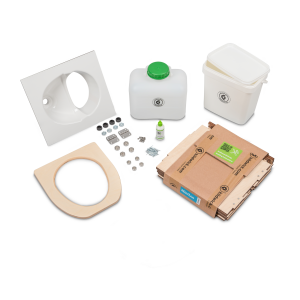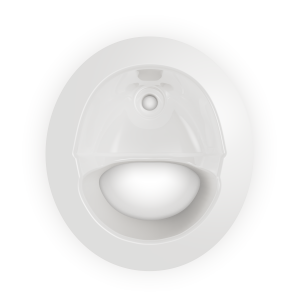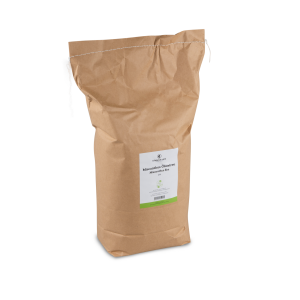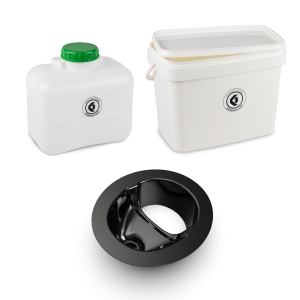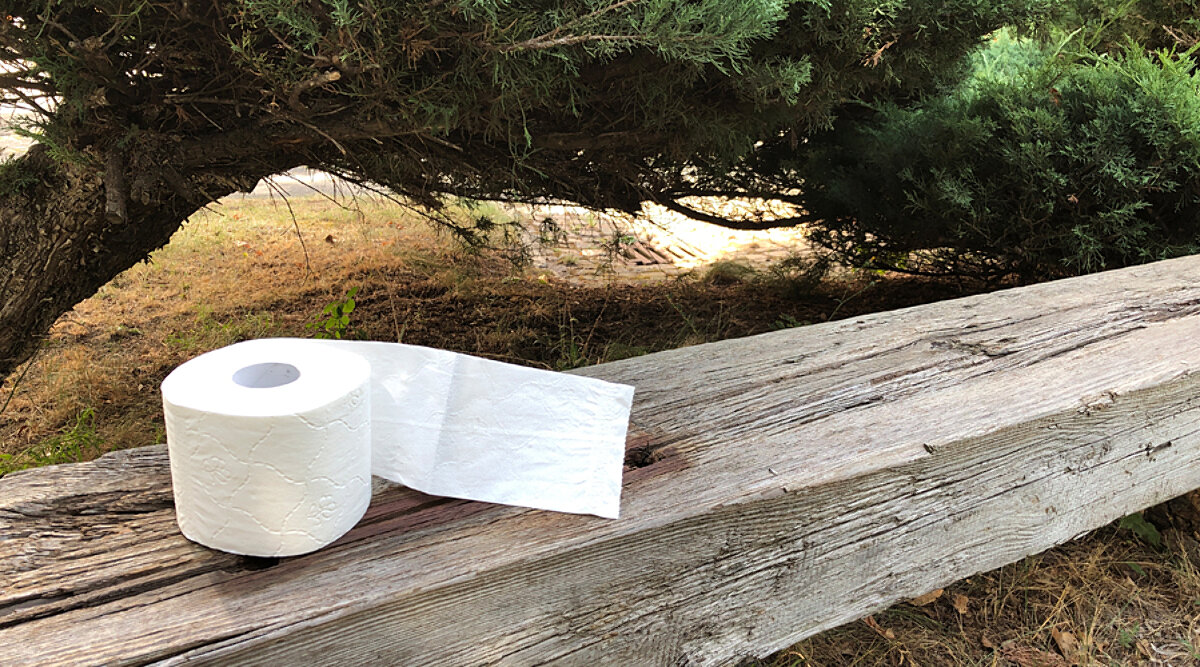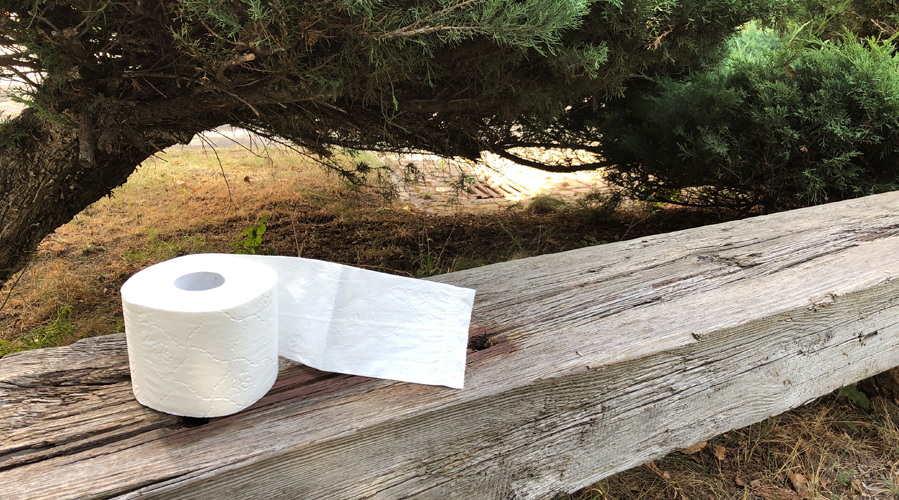
The right toilet paper
No matter whether you call a toilet, a dry toilet or even both your own - nothing works without toilet paper. The majority of people love it pure white and soft, closely followed by flower decorations.
The invention of toilet paper is dated to the 14th century and attributed to the Chinese. The first industrially produced toilet paper came from the US in 1857 and since 1928 it has been used in Germany. The importance of this invention is shown by the fact that August 26 is officially toilet paper day.
However, when used, hardly anyone thinks about their own health or what our paper preferences are doing to plants and our environment. The chemistry used contributes to extreme pollution of the environment during the production process and later wastewater causes many problems at treatment plants. The substances already partly dissolve on their way to the plants. Furthermore, the artificial fragrances used in the papers threaten nature too. Many people even have allergic reactions to these “Perfume additives”.
On average, every German uses 93 rolls of toilet paper per year. In a four-member household that would be 372 rolls annually. If you think of it as a paper pile, then that is a huge mountain. To produce soft and white toilet paper, 80 percent fresh wood pulp is needed. The largest supplier companies of wood pulp are located in South America. They mainly use eucalyptus trees for their production. Plantations are growing larger and larger - which means that rainforest areas are shrinking at the very same time.
The production of toilet paper
The production of pulp takes place like this: The tree is felled and the trunk ends up in the paper mill - so far everyone knows that. Next, the trunk is chopped and wood chips flow into the decomposer, through which the wood composite is dissolved by means of chemicals until the fibers are the only leftovers and the pulp for paper production remains. We can not say exactly which chemicals are used, but they are apparently poisonous and aggressive enough to dissolve wood.
The desire for soft material for genital cleaning is quite understandable and legitimate. But does it really have to be white and fragrant? Recycled toilet paper offers the same comfort as badly produced conventional toilet papers. The colorful print, if any, usually consists of food-safe inks. Statistically, each leaf can even be recycled up to seven times.
One thing is clear: if you use recycled paper, you will save all of our resources, you will minimize water and sewage pollution as well as energy consumption.
The label with the blue angel on the packaging shows you that this toilet paper is a particularly environmentally friendly product without greenwashing.
